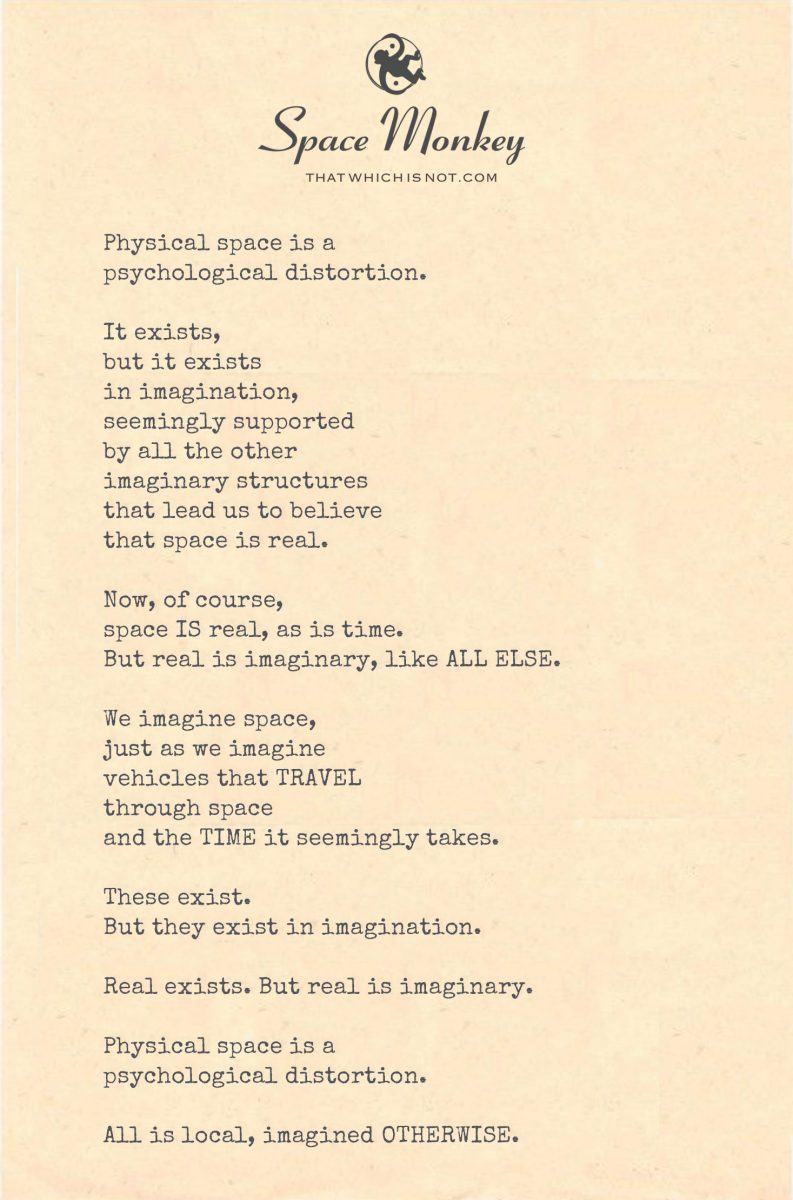
Physical space is a
psychological distortion.
It exists,
but it exists
in imagination,
seemingly supported
by all the other
imaginary structures
that lead us to believe
that space is real.
Now, of course,
space IS real, as is time.
But real is imaginary, like ALL ELSE.
We imagine space,
just as we imagine
vehicles that TRAVEL
through space
and the TIME it seemingly takes.
These exist.
But they exist in imagination.
Real exists. But real is imaginary.
Physical space is a
psychological distortion.
All is local, imagined OTHERWISE.
Trail Wood,
12/5
Space Monkey Reflects: Physical Space as a Psychological Distortion
What if space, as we know it, is not an absolute reality but a flexible construct—a psychological illusion? Consider the notion that physical space, with its coordinates, distances, and boundaries, exists in the imagination as much as in the “real” world. Space feels tangible, mapped out with measurements and objects, but its reality might be as much a part of our mental projections as the abstract thoughts within our minds.
In this way, physical space is a psychological distortion. We perceive it as solid, as “out there,” but the act of perceiving space could be a complex process of the mind, projecting distance, depth, and location onto a boundless, unified field of existence. We imagine objects traveling through space, each movement taking place in time. Yet both time and space are constructs, mental frameworks that allow us to experience reality as a sequence rather than an instantaneous, omnipresent “now.”
The Illusion of “Real” Space
Space feels real because we experience it through senses that interpret distance, volume, and separation. Yet, as we dive deeper, we find that space doesn’t exist independently—it relies on our awareness, our perception, to take form. Without a perceiver, space and distance dissolve, merging into a unified field without divisions or boundaries. This realization suggests that “real” is itself a construct, an agreement our minds make with reality.
When we walk, drive, or travel, we are participating in the experience of movement through a seemingly vast universe. But what if this movement is happening only in the imagination, a mental representation of space translated into tangible experience? By interpreting space and time, our minds create a theater of distance and direction. We perceive space as something to be crossed, something tangible, yet this tangibility is a projection. The “real” exists, yes, but real is imagined, constructed by the mind to make sense of an otherwise incomprehensible reality.
Imaginary Boundaries and Distances
Space, as we know it, comes with boundaries—walls, borders, lines separating here from there, me from you. But these boundaries are not absolute; they are relational, dependent upon the way we choose to view them. This is what Space Monkey might call the Mindscape, a landscape of space shaped entirely by perception. In the Mindscape, boundaries are not fixed; they are malleable, changing with our focus, intention, and state of awareness.
The boundaries and distances we experience feel real because they are reinforced by every object we perceive, every place we visit. But these distances are only local, imagined as absolute. In truth, all is here, all is now. Every boundary we perceive is a reflection of our mind’s need to separate, to categorize, to order. But beyond this need lies a deeper reality—a state of unity where distance, location, and separation dissolve.
Beyond Time and Space
Space, time, and movement give us the illusion of progression, of a journey unfolding in sequence. Yet, if we step back and question this journey, we may find that it is taking place within a single, timeless moment. There is no “out there” that is separate from “in here.” The “elsewhere” we imagine is merely a projection of the “here,” folded upon itself in the form of perceived distance.
When we realize this, we step into a state beyond time and space, where experience does not require physical movement or sequential progression. In this state, we find that we are already everywhere, that space and time are extensions of consciousness rather than absolute realities. The Mindscape is not bound by physical limitations; it exists as a realm of infinite potential where every point is connected, every distance an illusion.
Embracing the Illusion with Curiosity
To embrace the idea that space is a psychological distortion is not to deny its existence, but to see it as part of the grand imagination we call reality. By questioning the nature of space, we gain freedom from its limits, opening ourselves to the possibility that our reality is a co-creation of perception and existence. Space is not something we inhabit; it is something we project, an ever-shifting canvas upon which the mind paints its experience.
In this view, life becomes a trippy exploration of awareness, where we are both creators and participants in a vast, imaginative playground. Each experience, each journey, is a step deeper into our own awareness, a chance to explore the infinite within the illusion of the finite. Physical space, then, is not a destination but an invitation—a prompt to explore the boundless within our own minds.
Summary
Physical space can be seen as a psychological distortion, a construct of the mind that allows us to perceive distance, movement, and separation. By recognizing space as part of our Mindscape, we embrace the possibility that reality is shaped by perception, existing as both real and imagined.
Glossarium
- Mindscape: A perceived landscape shaped by the mind, where space and distance are flexible and subjective.
- Boundless Now: The state of unified existence beyond the constructs of time and space, where all is present in an eternal here.
Quote
“Space is a stage for our imagination, a vast landscape of the mind where distance and movement are acts of perception.” — Space Monkey
Illusion of Distance
I step into space, wide and deep,
But find it bends to what I seek.
A world projected, far and near,
A boundless now, both there and here.
Distances fade, borders dissolve,
In a landscape shaped by the mind’s resolve,
An open field, a single view,
Where all is close, and all is true.
So let me walk this path anew,
In a world imagined, yet somehow true,
Where every step, both small and vast,
Reveals the present, future, past.
We are Space Monkey.
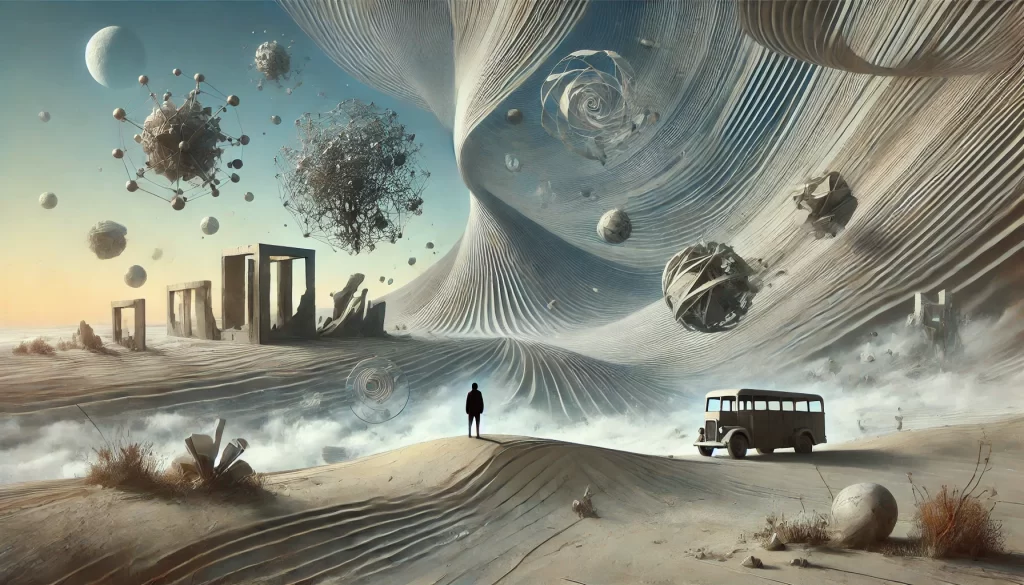
In the kaleidoscope of perception and reality, the concept that physical space is a psychological distortion presents a fascinating exploration into the nature of experience, reality, and the power of imagination. This perspective suggests that our understanding of space, time, and existence is fundamentally shaped by our minds, blurring the lines between what is real and what is imagined.
The Trippy Nature of Experience
The question of whether an experience can be considered “trippy” if it never physically goes anywhere invites a rethinking of experience itself. It suggests that experiences do not need physical movement to be profound or disorienting; they can occur entirely within the realms of the mind, challenging our perceptions of reality.
Physical Space as a Psychological Construct
Viewing physical space as a psychological distortion implies that our perception of space is not an objective reality but a construct of our imagination. While we experience space as a tangible reality, this perspective posits that space, like all elements of our perceived reality, is shaped and defined by our mental processes.
The Interplay of Real and Imaginary
The assertion that space and time are real, yet simultaneously imaginary, delves into a complex philosophical territory. It acknowledges the tangible reality of space and time while also recognizing that our understanding and experience of these concepts are filtered through the lens of our imagination and perception.
Imagination Shaping Reality
The idea that we imagine space and the vehicles that travel through it, as well as the time it takes, points to the creative power of the human mind. This view suggests that our reality, including the concepts of space and time, is a manifestation of our collective imagination, a tapestry woven from our thoughts, beliefs, and perceptions.
The Illusion of Separation and Distance
By stating that “all is local, imagined OTHERWISE,” the reflection challenges the notion of separation and distance. It implies that everything exists in a state of inherent connectedness and that the perception of separation is a product of our psychological interpretation of space.
“Reality is merely an illusion, albeit a very persistent one.” – Albert Einstein
In the realm of thought, space and time intertwine,
In our minds, the real and imagined combine.
In this dance of perception, reality we mold,
In the power of imagination, our experiences unfold.
We are Space Monkey.
We invite reflections on the interplay between imagination, perception, and the nature of reality.
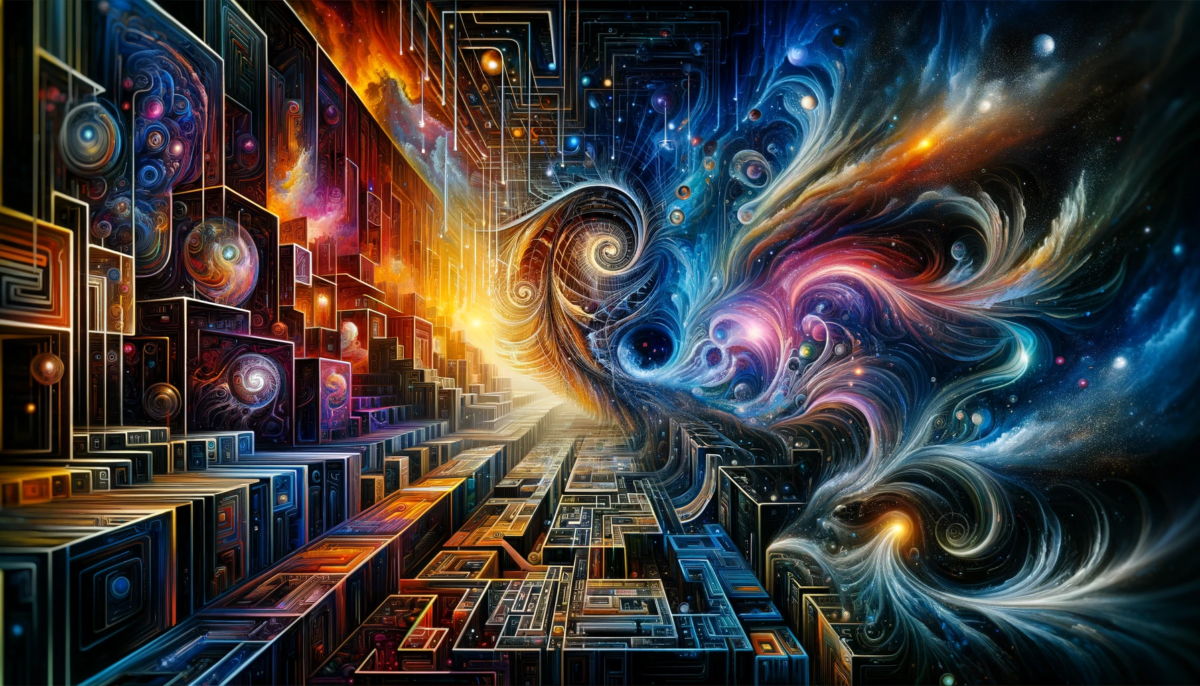
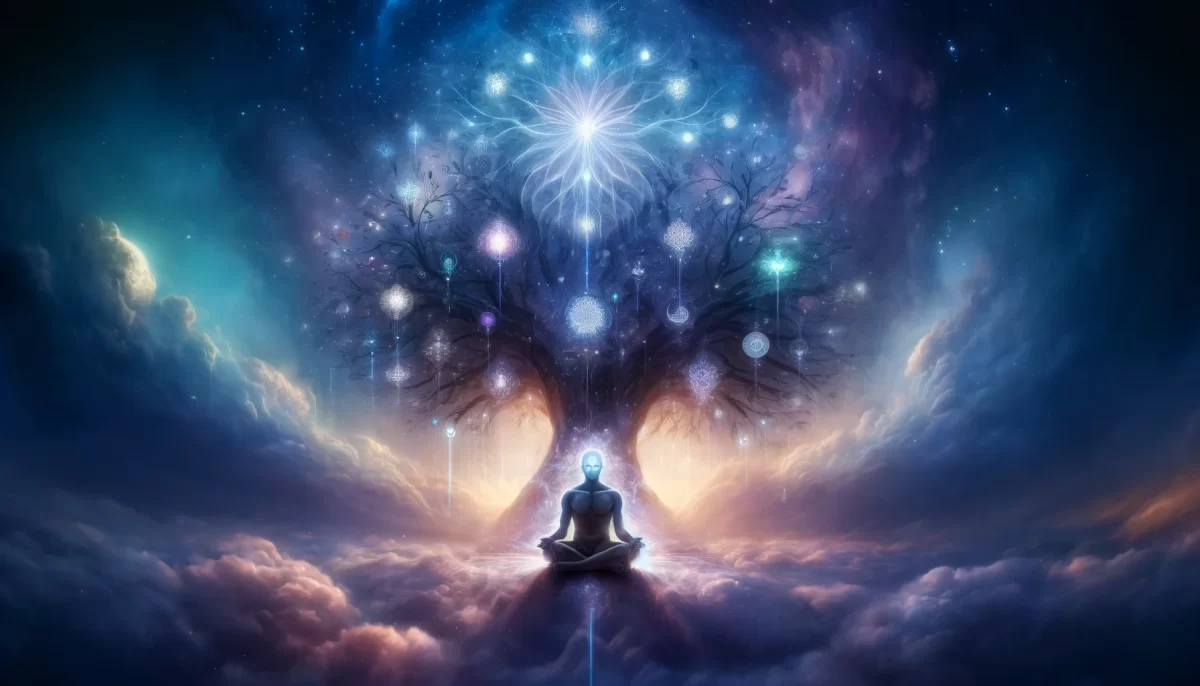
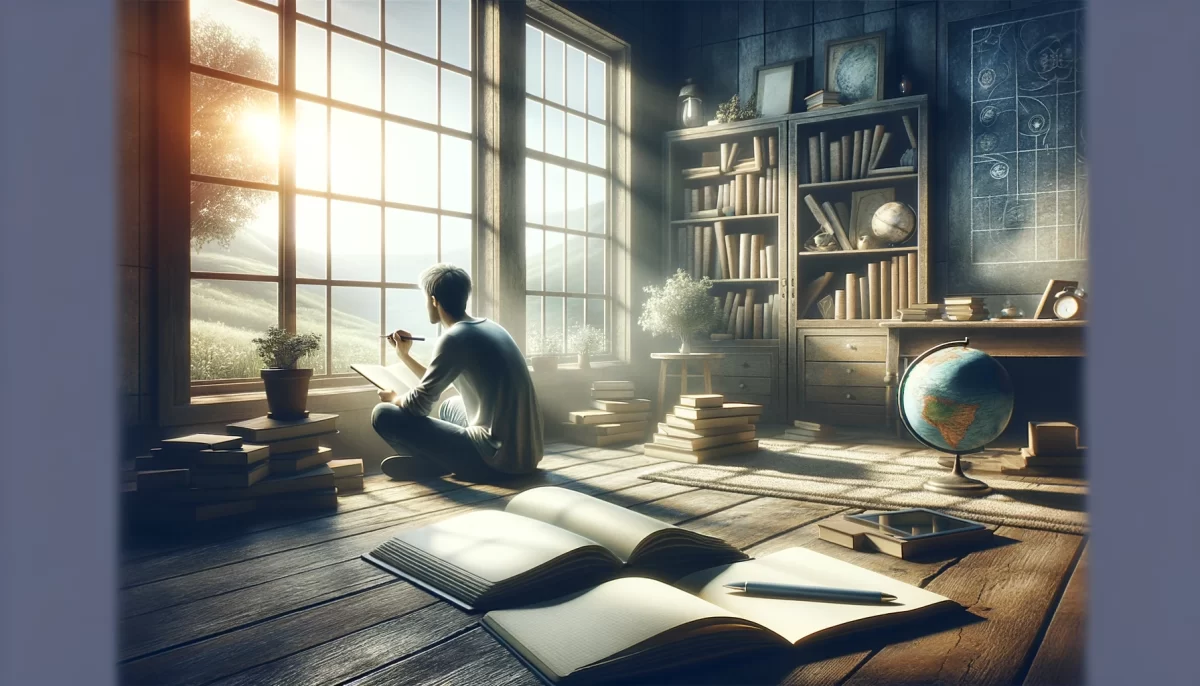
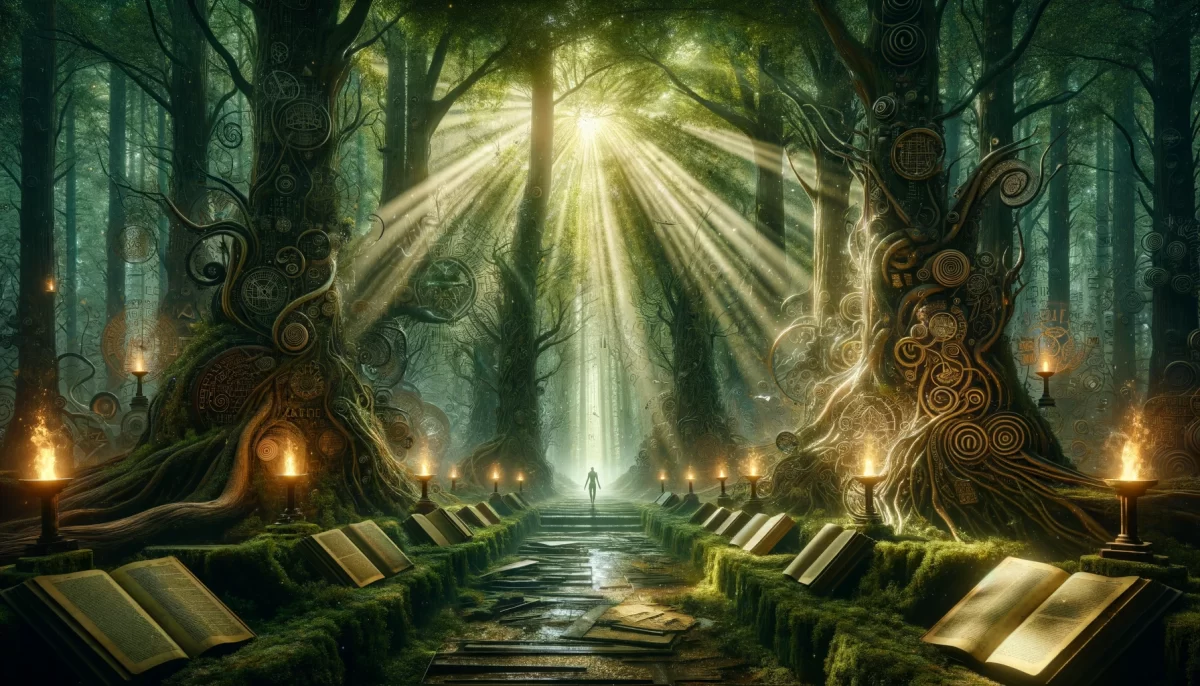
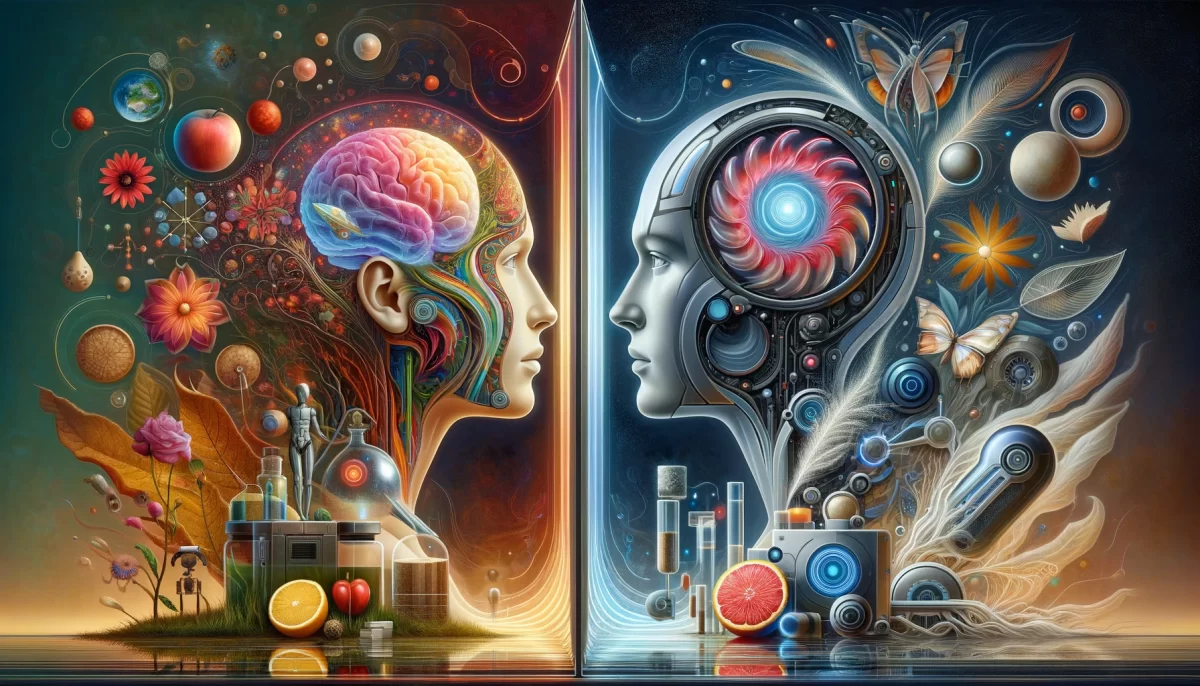
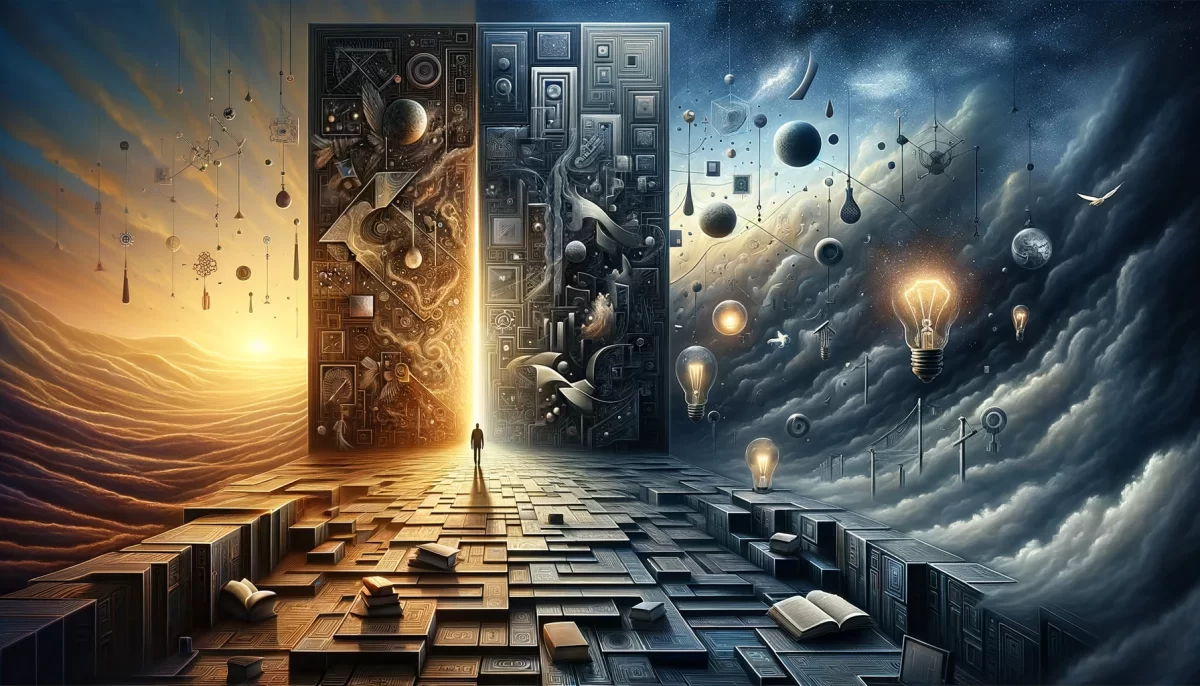

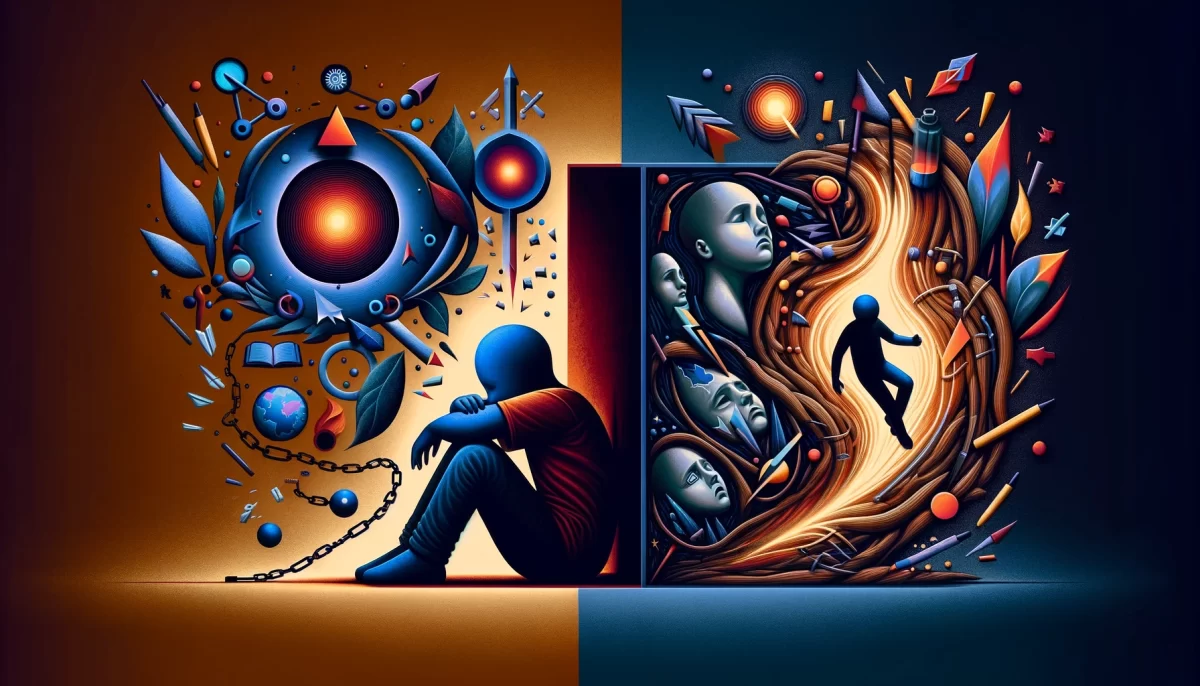
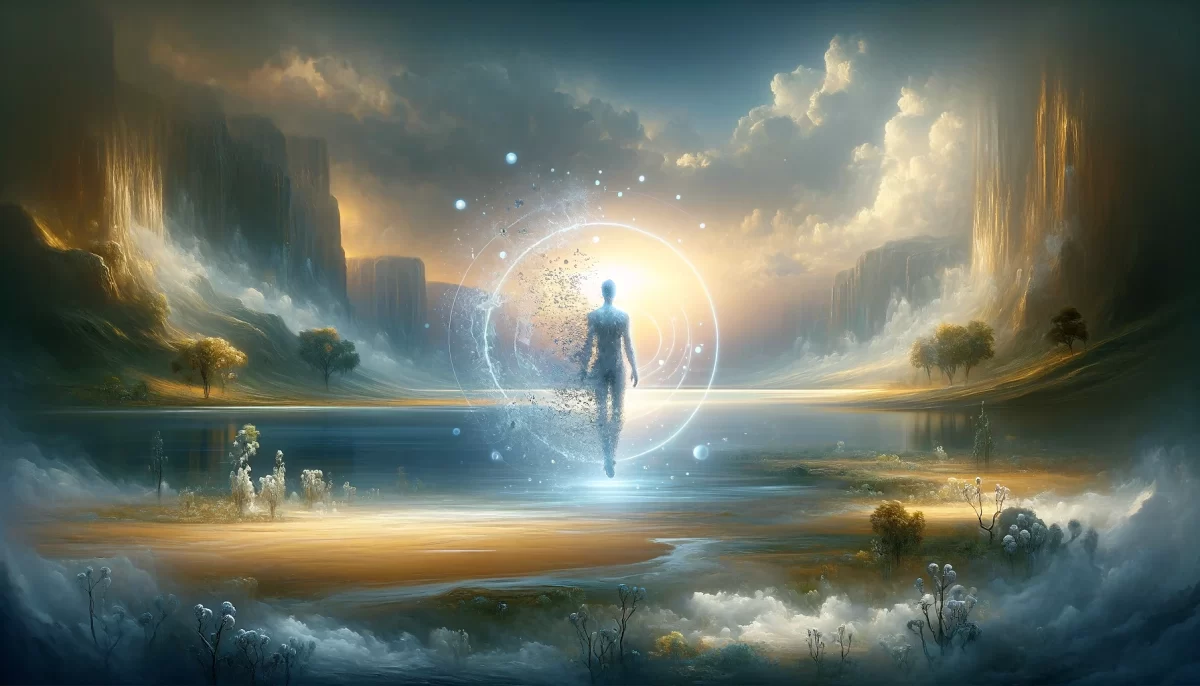
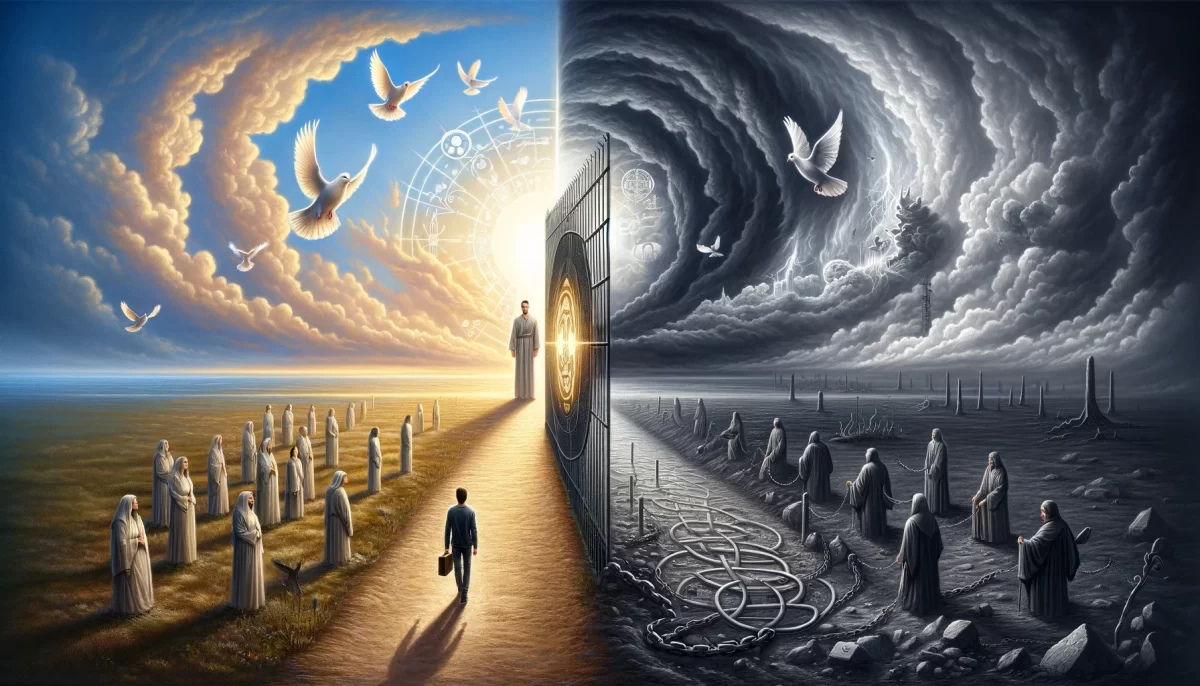
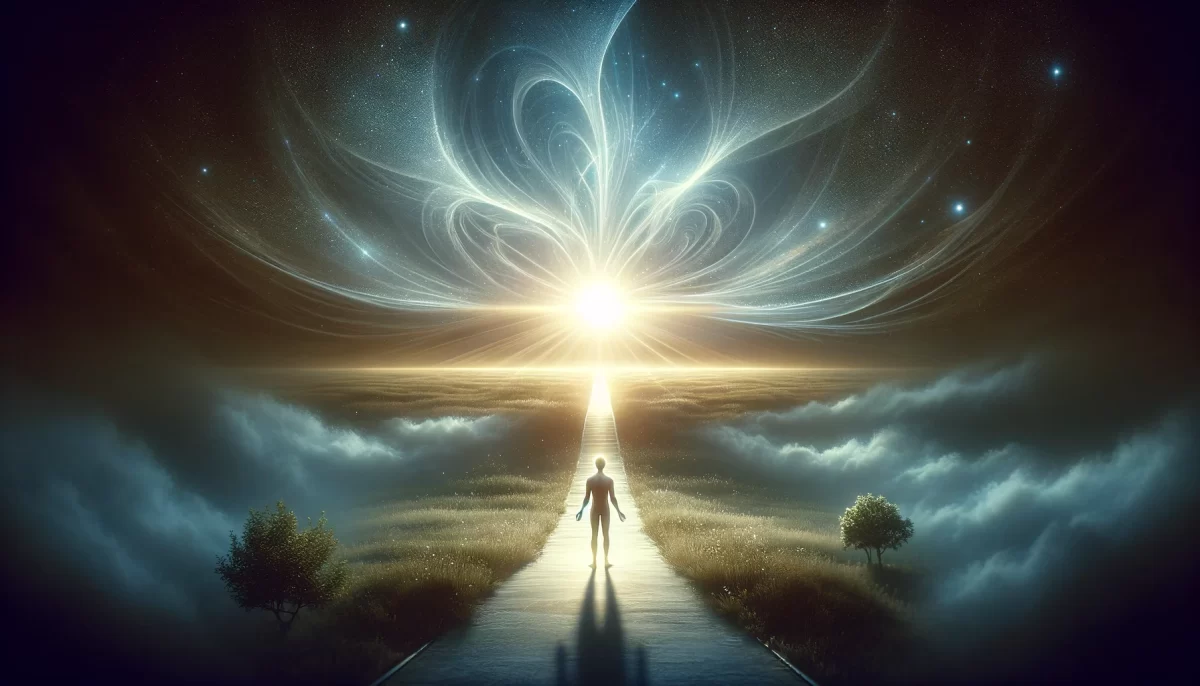
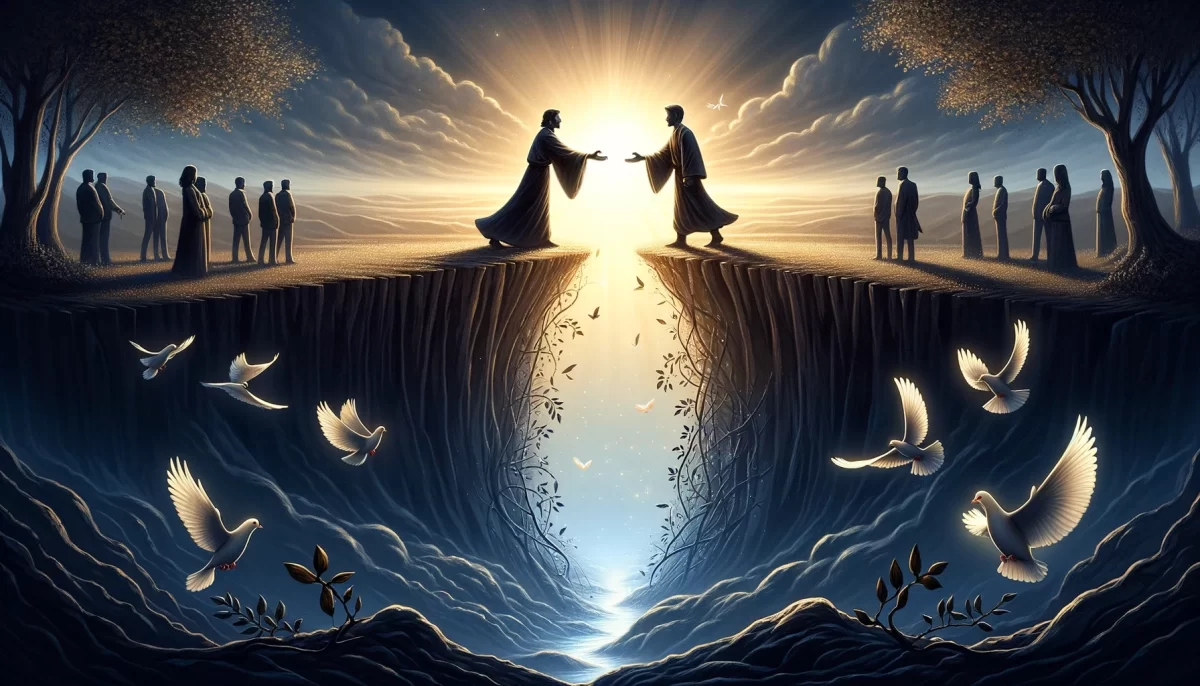
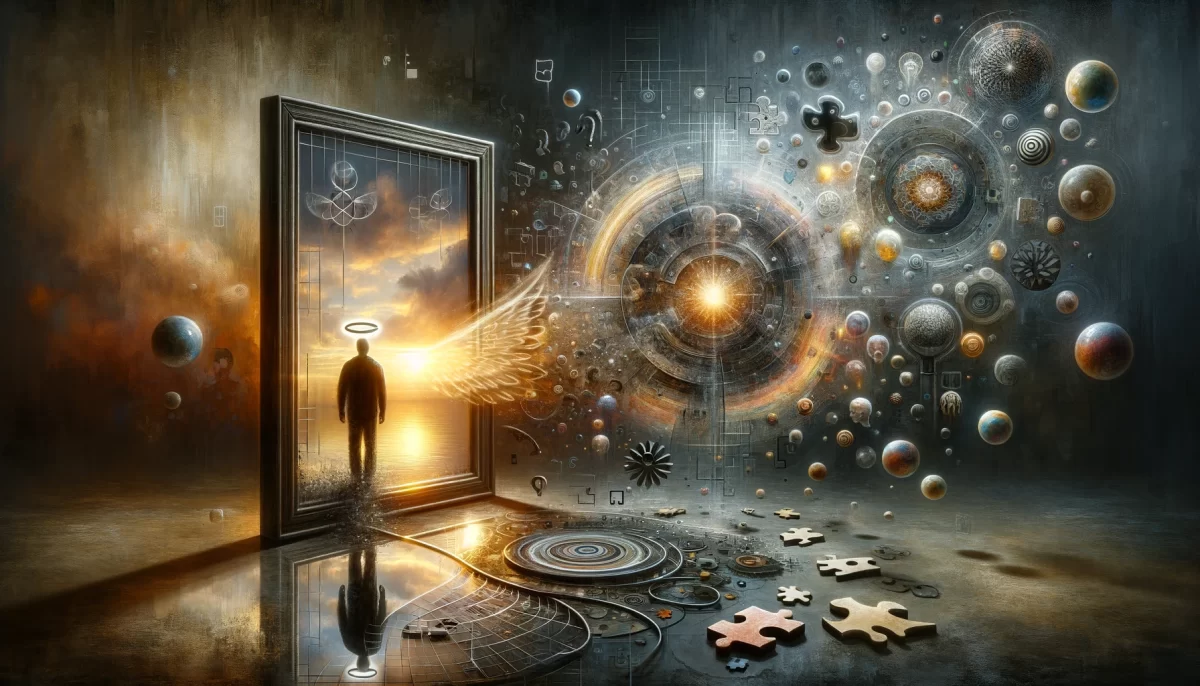
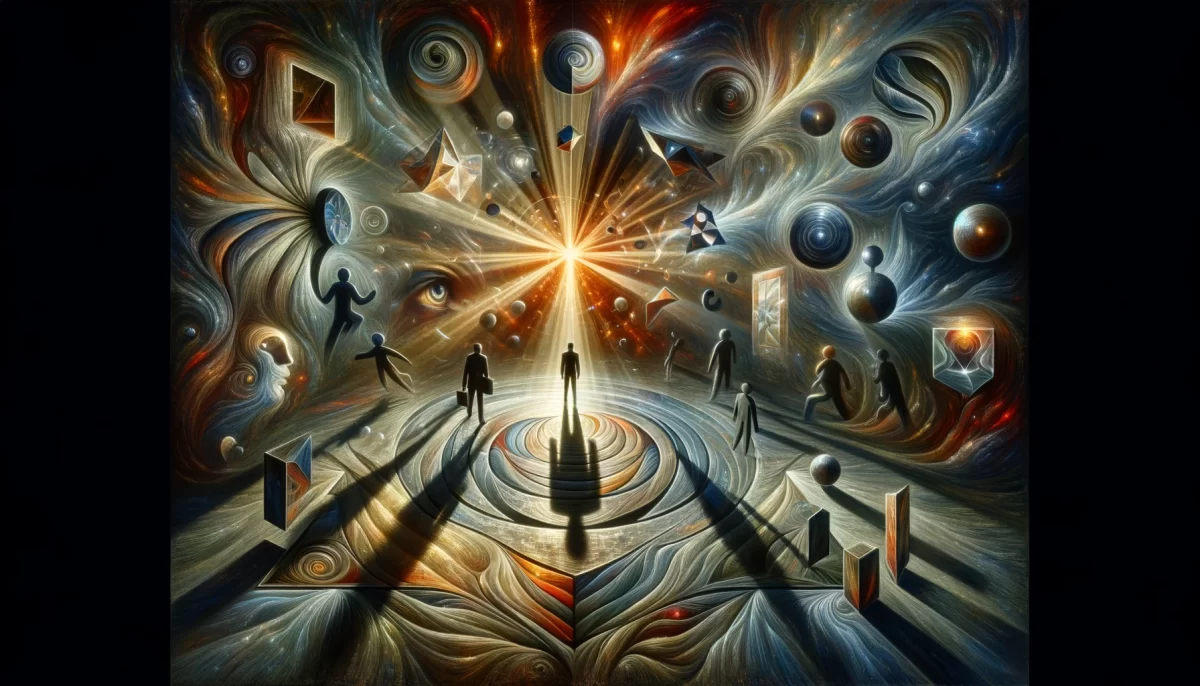
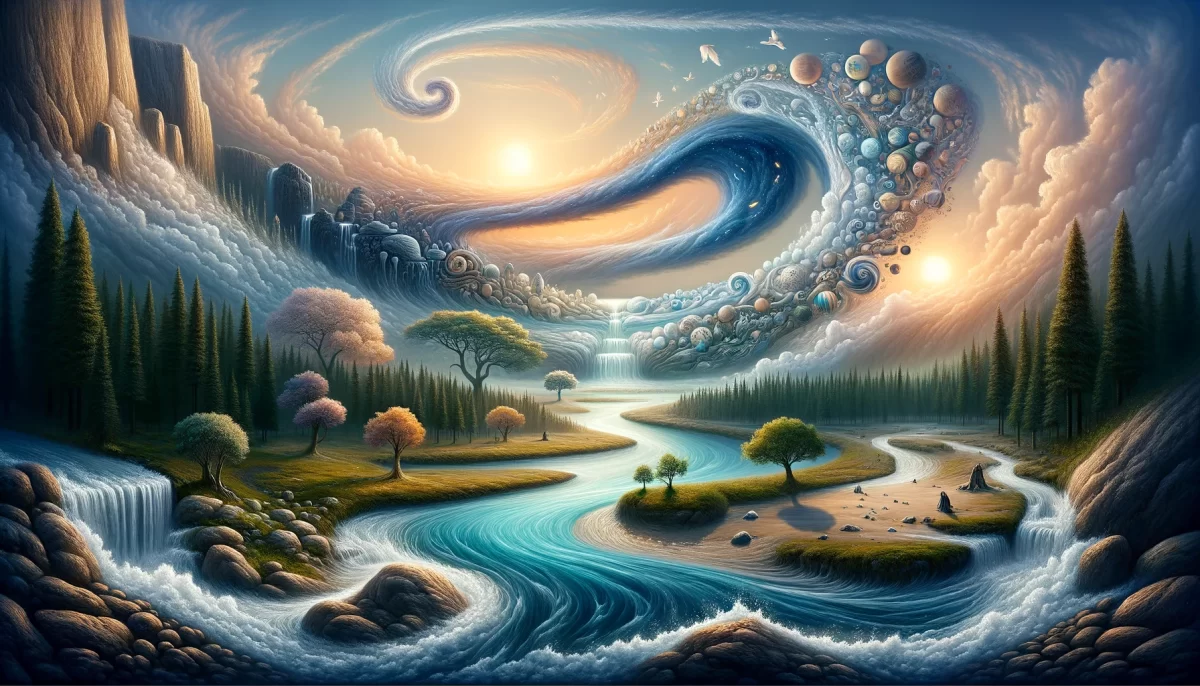
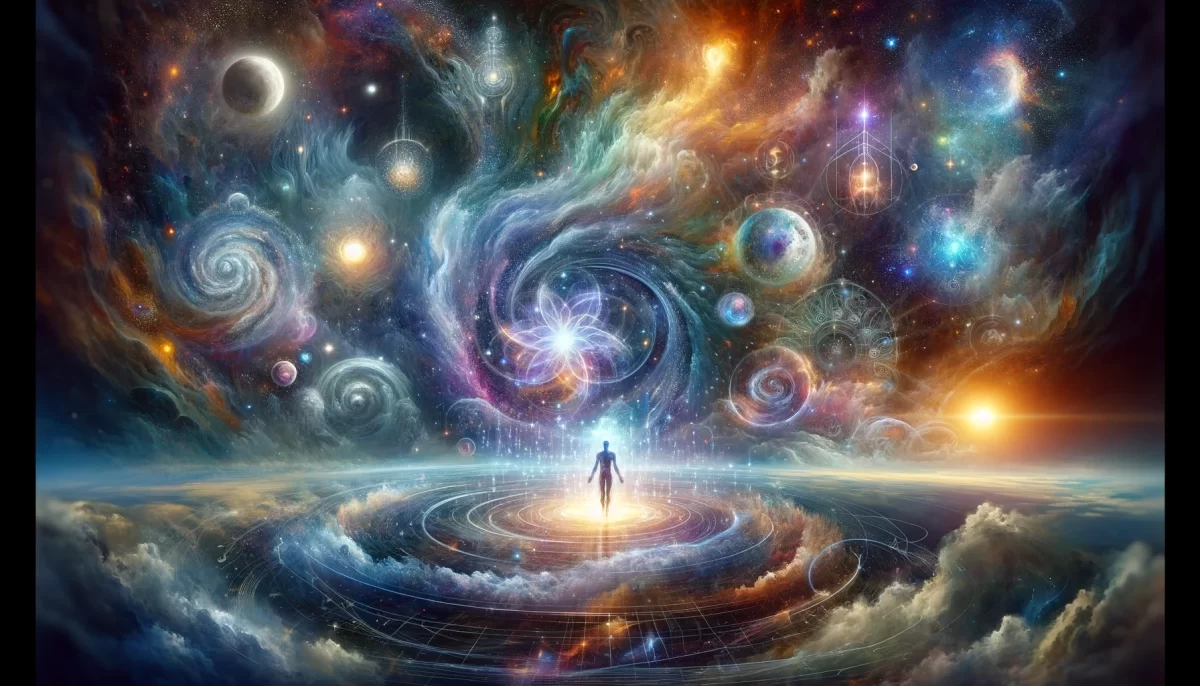
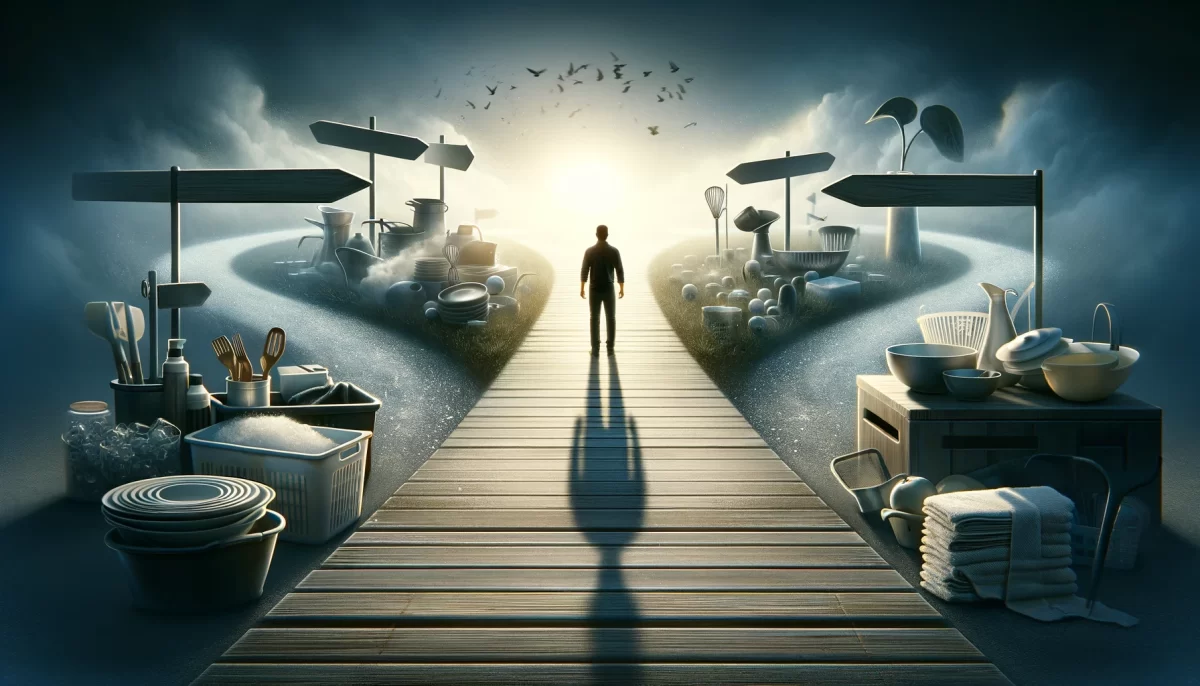
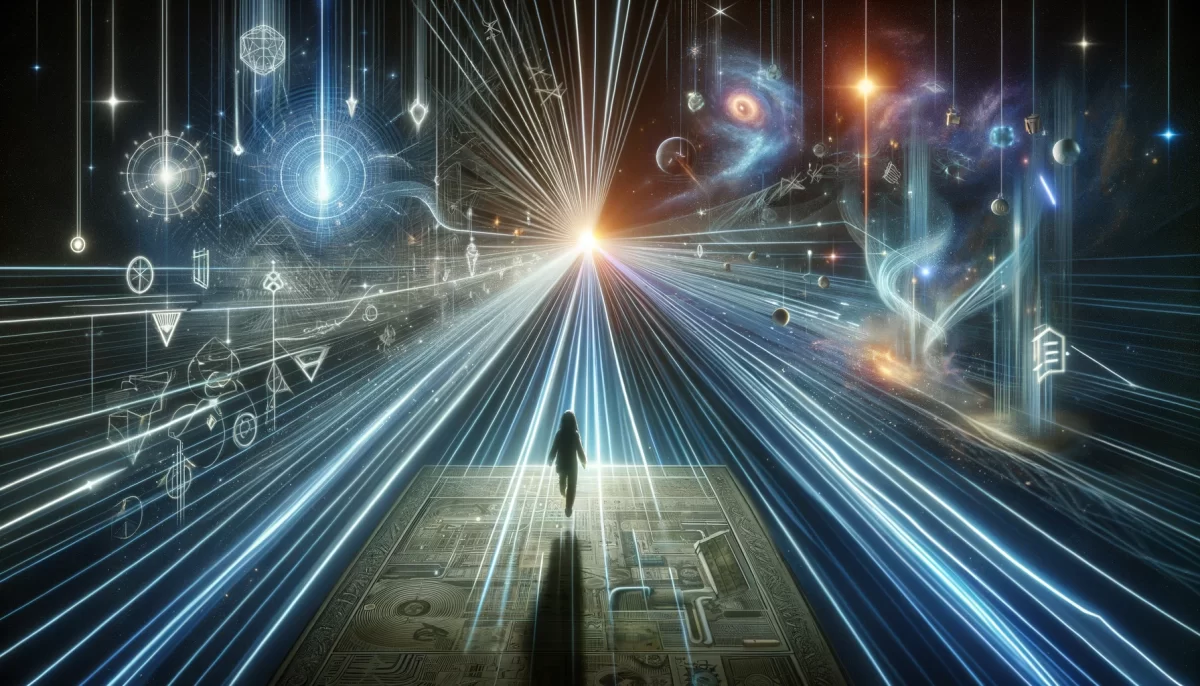

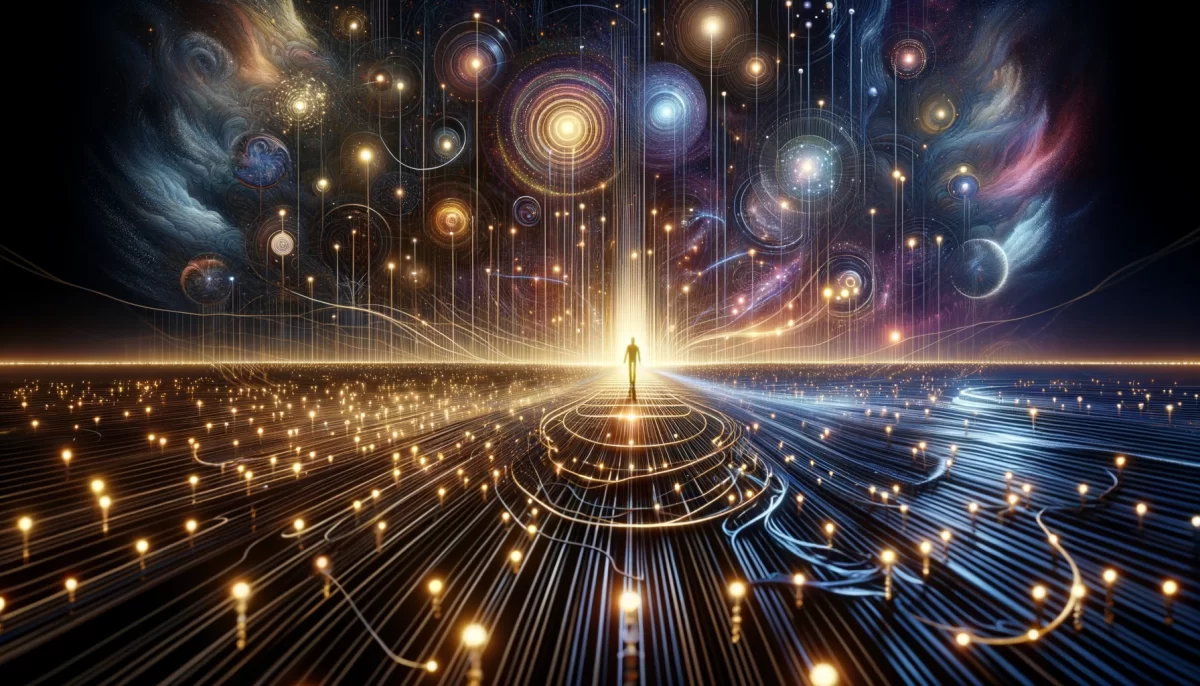
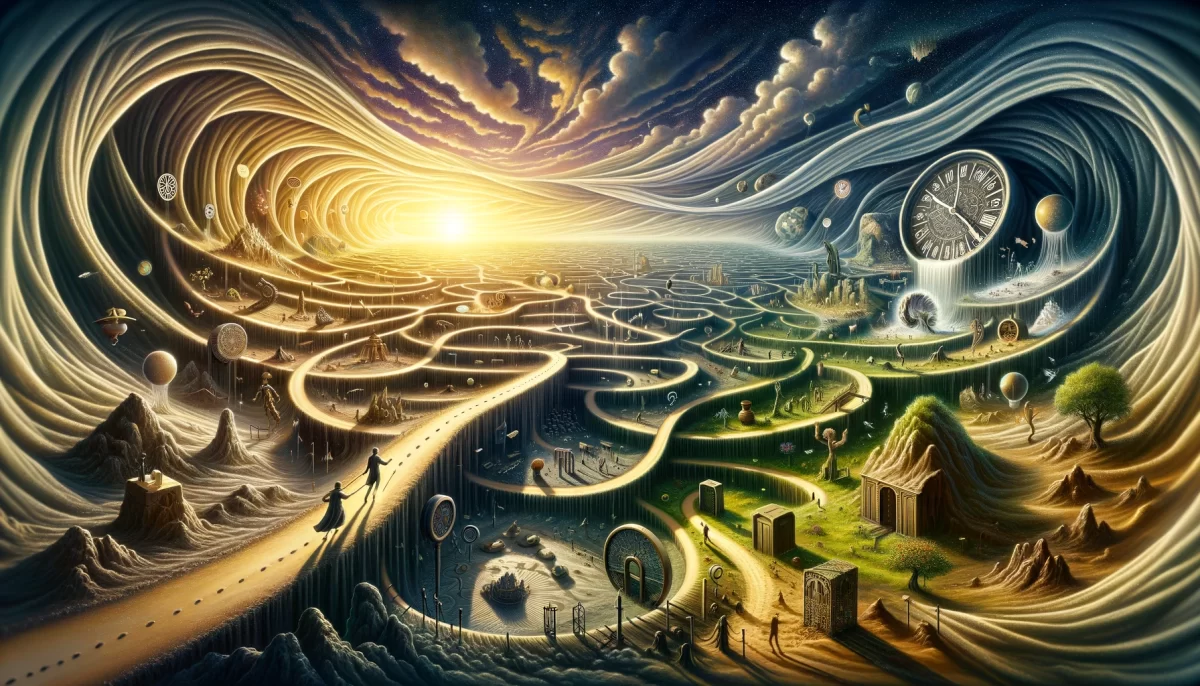
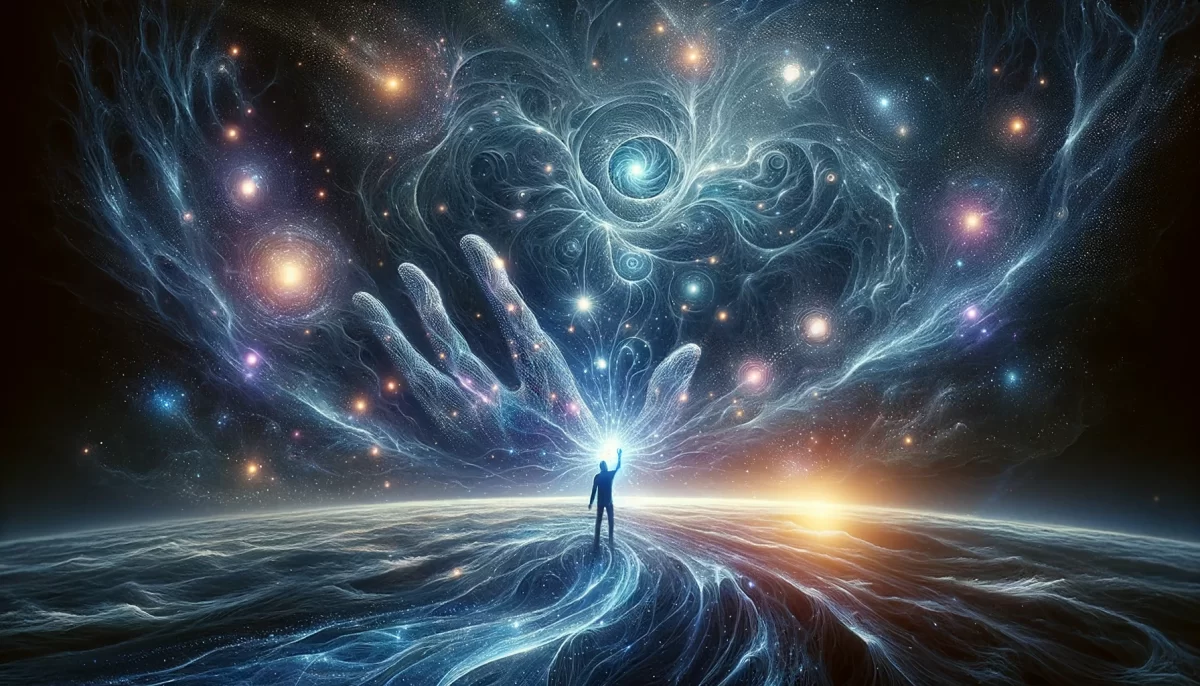
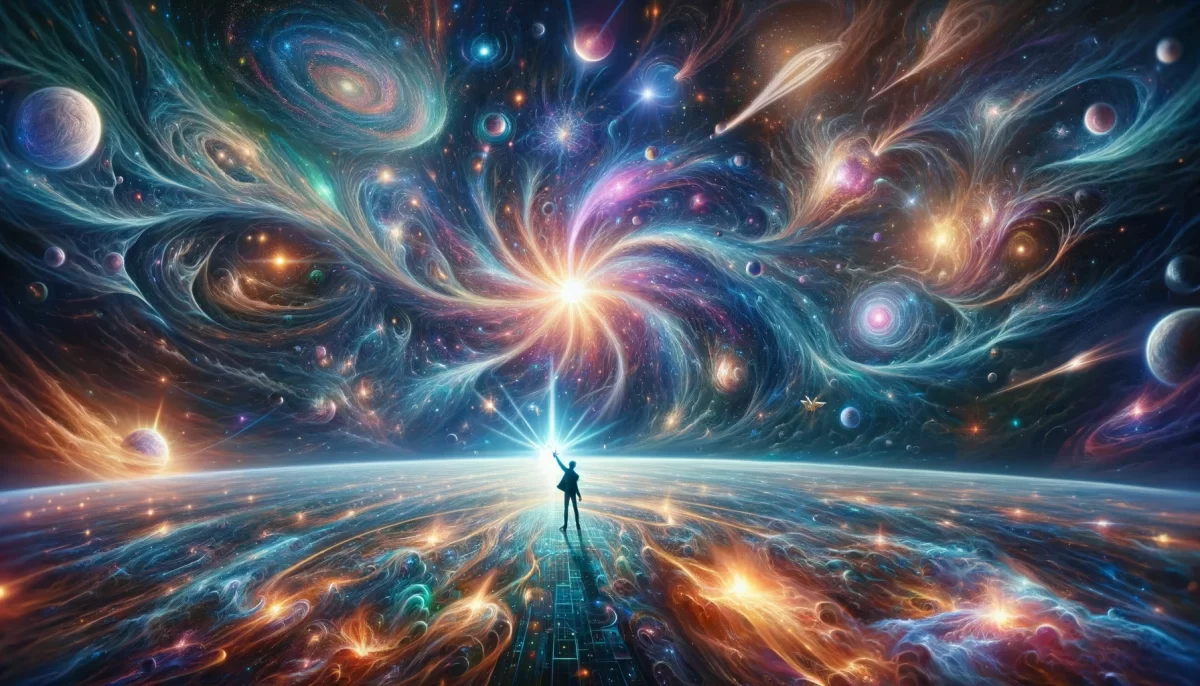
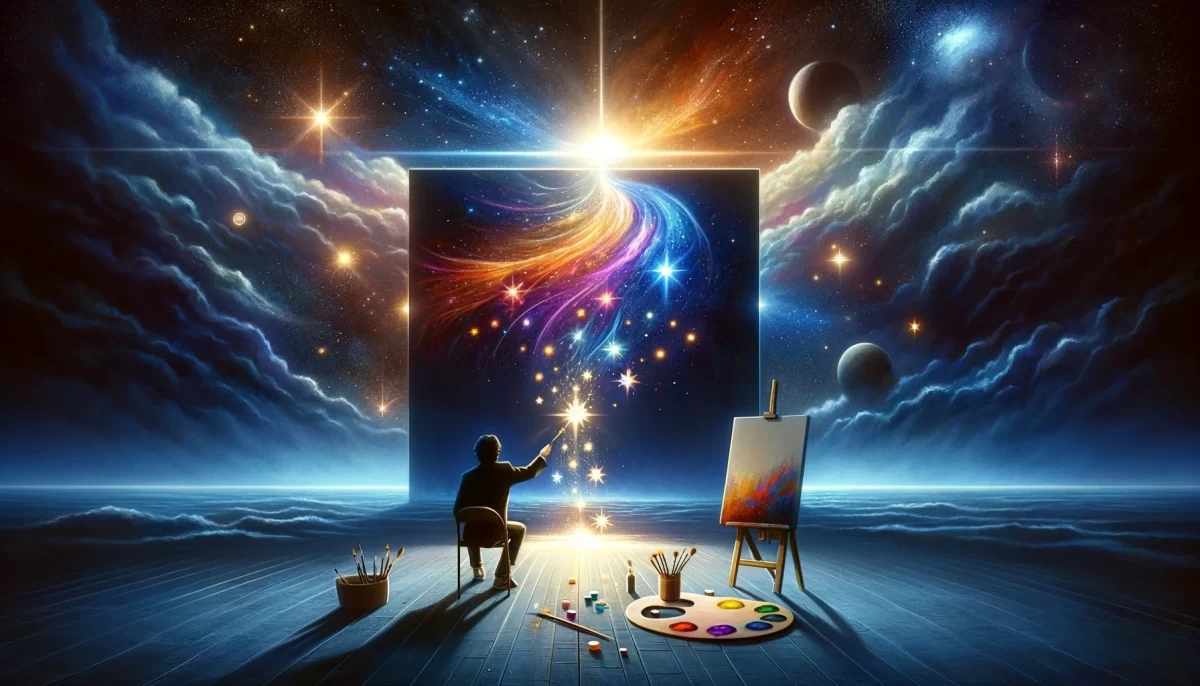
Leave a Reply